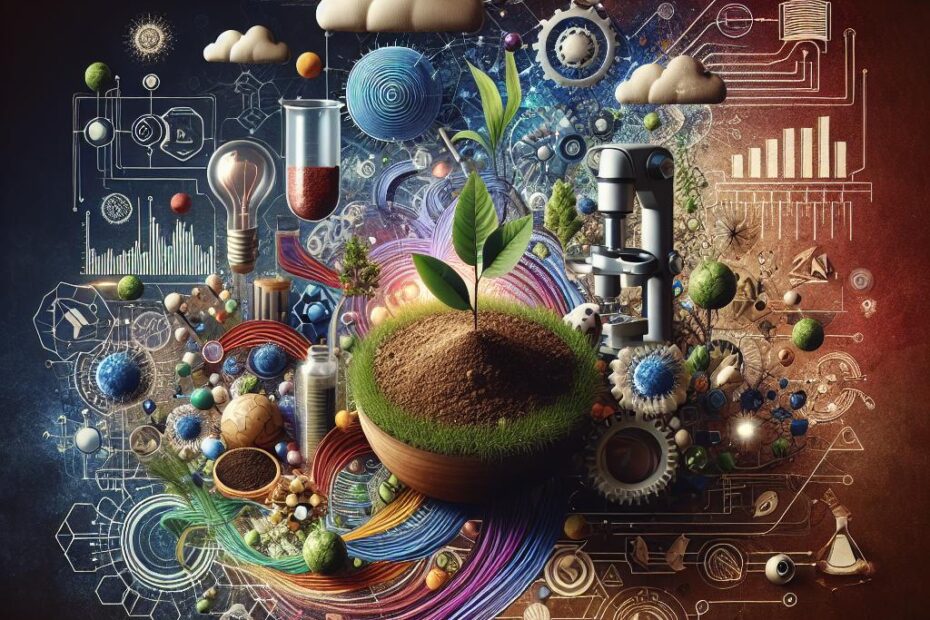Is Soil a Substance or Mixture?
When it comes to discussing soil, the question of whether it is a substance or a mixture often arises. To fully understand this topic, it is important to delve into the composition and properties of soil. In this article, we will explore the nature of soil as both a substance and a mixture, highlighting its complexities and the various elements that make up this vital part of our ecosystem.
What is Soil?
Soil is a complex mixture of mineral particles, organic matter, water, air, and living organisms. It plays a crucial role in supporting plant growth and sustaining life on Earth. Soil is formed through a process known as weathering, where rocks are broken down into smaller particles over time. This process, along with the decomposition of organic matter, contributes to the formation of soil.
Is Soil a Substance?
In scientific terms, a substance is defined as matter that has a specific composition and distinct properties. By this definition, soil can be considered a substance due to its unique composition and properties. The mineral particles, organic matter, and other components that make up soil combine to form a distinct entity with its own characteristics.
Is Soil a Mixture?
On the other hand, a mixture is a combination of two or more substances that are not chemically bonded together. Soil fits this definition as well, as it is a heterogeneous mixture of various components that are physically combined but not chemically linked. The different particles and organisms in soil retain their individual identities while coexisting within the soil matrix.
Composition of Soil
To further understand the nature of soil as a mixture, let’s break down its composition:
-
Mineral Particles: These are the inorganic components of soil, such as sand, silt, and clay. They provide structure and stability to the soil.
-
Organic Matter: This includes plant and animal remains, as well as microorganisms like bacteria and fungi. Organic matter enriches the soil with nutrients and promotes fertility.
-
Water: Soil contains varying amounts of water, which is essential for plant growth and microbial activity.
-
Air: Pores within the soil allow for the circulation of air, which is necessary for root respiration and microbial processes.
-
Living Organisms: Soil is teeming with life, from earthworms and insects to bacteria and fungi. These organisms play a vital role in nutrient cycling and soil health.
Benefits of Soil
Soil is a dynamic and complex system that offers numerous benefits:
-
Plant Growth: Soil provides the necessary nutrients and support for plants to grow and thrive.
-
Water Filtration: Soil acts as a natural filter, helping to purify groundwater and prevent pollution.
-
Carbon Storage: Soil plays a crucial role in storing carbon, helping to mitigate climate change.
-
Biodiversity: Healthy soil supports a diverse range of organisms, contributing to overall ecosystem health.
Practical Tips for Soil Management
To maintain healthy soil, consider the following tips:
-
Avoid Over-Tilling: Excessive tilling can disrupt soil structure and harm beneficial organisms.
-
Add Organic Matter: Compost and mulch can improve soil fertility and structure.
-
Practice Crop Rotation: Rotating crops helps prevent soil depletion and pest infestations.
-
Limit Chemical Inputs: Reduce the use of synthetic fertilizers and pesticides to protect soil health.
Conclusion
In conclusion, soil can be viewed as both a substance and a mixture, reflecting its diverse composition and properties. Understanding the complexities of soil is essential for sustainable agriculture and environmental stewardship. By nurturing and protecting our soil resources, we can ensure the health and vitality of our planet for future generations.
